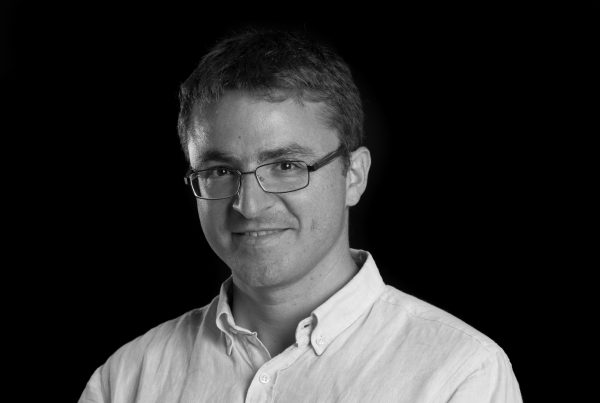Ruben Martin was born in Barcelona in 1976. He received his PhD in 2003 at the Universitat de Barcelona with Prof. A. Riera. In January 2004 he moved to the Max-Planck-Institut für Kohlenforschung as a Humboldt postdoctoral fellow with Prof. A. Fürstner and in May 2005 he undertook further postdoctoral studies at MIT with Prof. Stephen L. Buchwald. In September 2008 he joined the ICIQ as a group leader. His current research interests concern the discovery and development of synthetically useful organometallic protocols. Ruben Martin was promoted to Associate Professor in July 2013 and to ICREA Professor in October 2013. During his time as group leader he has been awarded with 4 ERC projects by the European Research Council and with the 2020 Arthur Cope Scholar Award, 2019 Novartis Chemistry Award, 2018 Banc Sabadell Award to Sciences and Engineering, 2018 Hirata Award, 2018 OMCOS Award or being on the Forbes List for the top50 most awarded spaniards, among the most recent.


